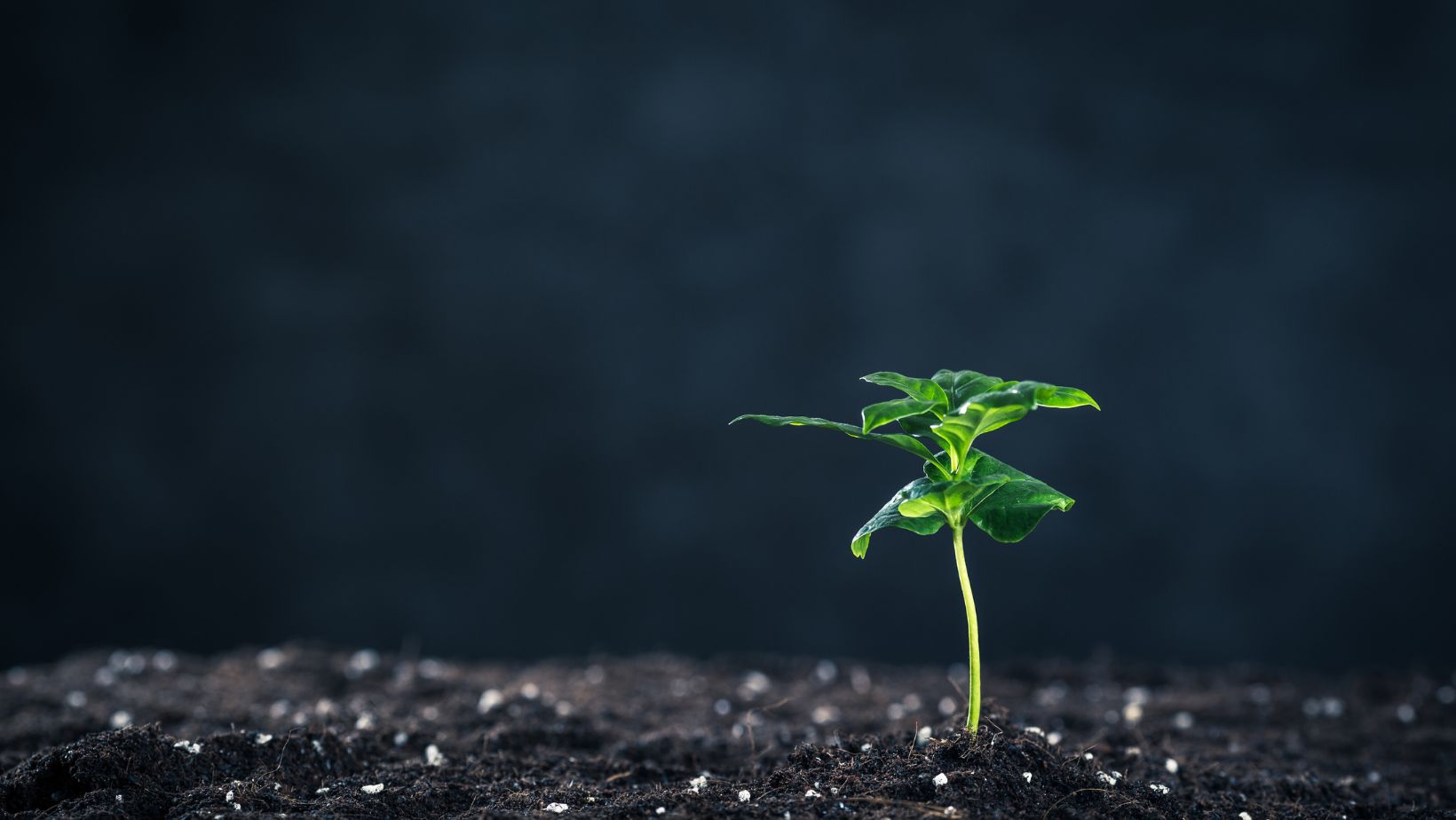Farmers worldwide are experiencing challenges growing their crops for many different reasons, shares Mike Straumieits, Founder and CEO of Advanced Nutrients. While many factors affect plant growth, the primary one is temperature. Climate change causes temperatures to rise, affecting plant productivity.
Light has three main characteristics influencing plant growth: quality, quantity, and duration.
The Case for Environmental Stress
In many cases, plant problems are a result of unfavorable environmental conditions. Environmental stress could be insufficient water, disease, or insect attack. These conditions negatively influence plant growth. Then there are factors such as light, water, temperature, nutrition, and humidity. It’s essential for farmers and growers to understand how these factors interact with each other to know how they influence plant development and growth.
A Closer Look at Environmental Factors
Light has three main characteristics influencing plant growth: quality, quantity, and duration.
Light Quantity
Light quantity affects the concentration or intensity of sunlight, which differs with each season. In summer, the maximum amount of light is experienced, with winter experiencing the minimum. The more sunlight a plant is exposed to, the better its capability to produce food through photosynthesis, but only up to a certain point. Light can be manipulated by white backgrounds, artificial lights, and shades. Manipulating light quantity accomplishes various plant growth patterns.

Light Quality
Light quality touches on the color or wavelength of light. Among all kinds of lighting, sunlight provides a complete range of colors that are fragmented by a prism into strips of violet, blue, indigo, green, yellow, orange, and red. Blue and red light make the most impact on plant growth. Flowering is encouraged by combining red light with blue light.
Light Duration or Photoperiod
Photoperiod is the number of times plants are exposed to light. This light process commands flowering in many plants. There are three classifications for plants: day-neutral, short-day (long-night), and long-day (short-night). These categorizations are based on the plant’s response to the length of darkness and light.
Temperature
Temperature affects almost all plant processes, which include photosynthesis, respiration, transpiration, flowering, and germination, explains Mike Straumietis. Photosynthesis, respiration, and transpiration increase when the temperature rises to a certain point. Temperature influences a plant’s transition from vegetative to reproductive development. The impact of temperature can either quicken or delay the transition, depending on the type of plant. Some farmers combine temperature with day length to control flowering. Growing and leaving them in low temperatures reduces energy use and increases sugar storage for some crops. Such a process produces sweet crops.
Thermoperiod is a term used to describe daily temperature changes. Plants enjoy the most favorable growth when the daytime temperature ranges 10 to 15 degrees higher than at night. In such conditions, plants build up (photosynthesize) and break down (respire) throughout ideal daytime temperatures. This results in cutback respiration during nighttime.

Water and Humidity
Water and humidity play a significant role in plant growth. A major component of photosynthesis and respiration, water is in charge of the turgor process in cells. It ensures plant tissues are firm and full, binding minerals and carbohydrates that move through the plant. During respiration, water cools leaves, evaporating from the leaf tissue. It regulates the stomatal opening and closing, therefore commanding transpiration. To a degree, water controls photosynthesis. It’s important to know that water is the source of pressure to push roots into the soil.
Photoperiod is the number of times plants are exposed to light. This light process commands flowering in many plants. There are three classifications for plants: day-neutral, short-day (long-night), and long-day (short-night).
Many people confuse plant nutrition with fertilization. Plant nutrition is in charge of providing the plant’s requirement for basic chemical elements, while fertilization refers to the application of basic chemical elements to the environment surrounding the plant.
Mike Straumietis on Plant Nutrition
Under the leadership of Founder and CEO Mike Straumietis, Advanced Nutrients’ diverse team of PhD-level researchers and scientists has developed a broad spectrum of next-generation products that nurtures every stage of a crop’s cycle, helping reach a plant’s true genetic potential. Mike Straumietis and Advanced Nutrients are committed to providing life-giving essentials to hundreds and thousands of people throughout the world. They have generated the first and only complete growing system that optimizes each phase of the vegetative and flowering cycles.


More Stories
3 Ways To Help You Use Less Plastic In Your Daily Life
How To Respond If You Are A Victim Of A Ransomware Attack